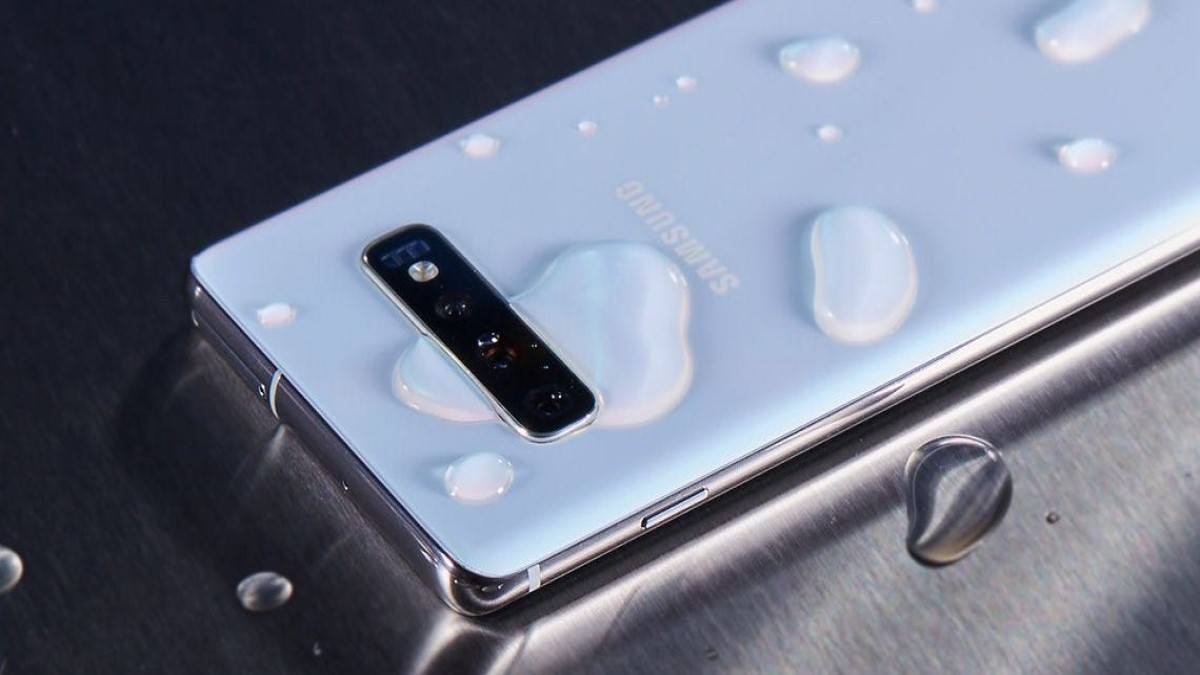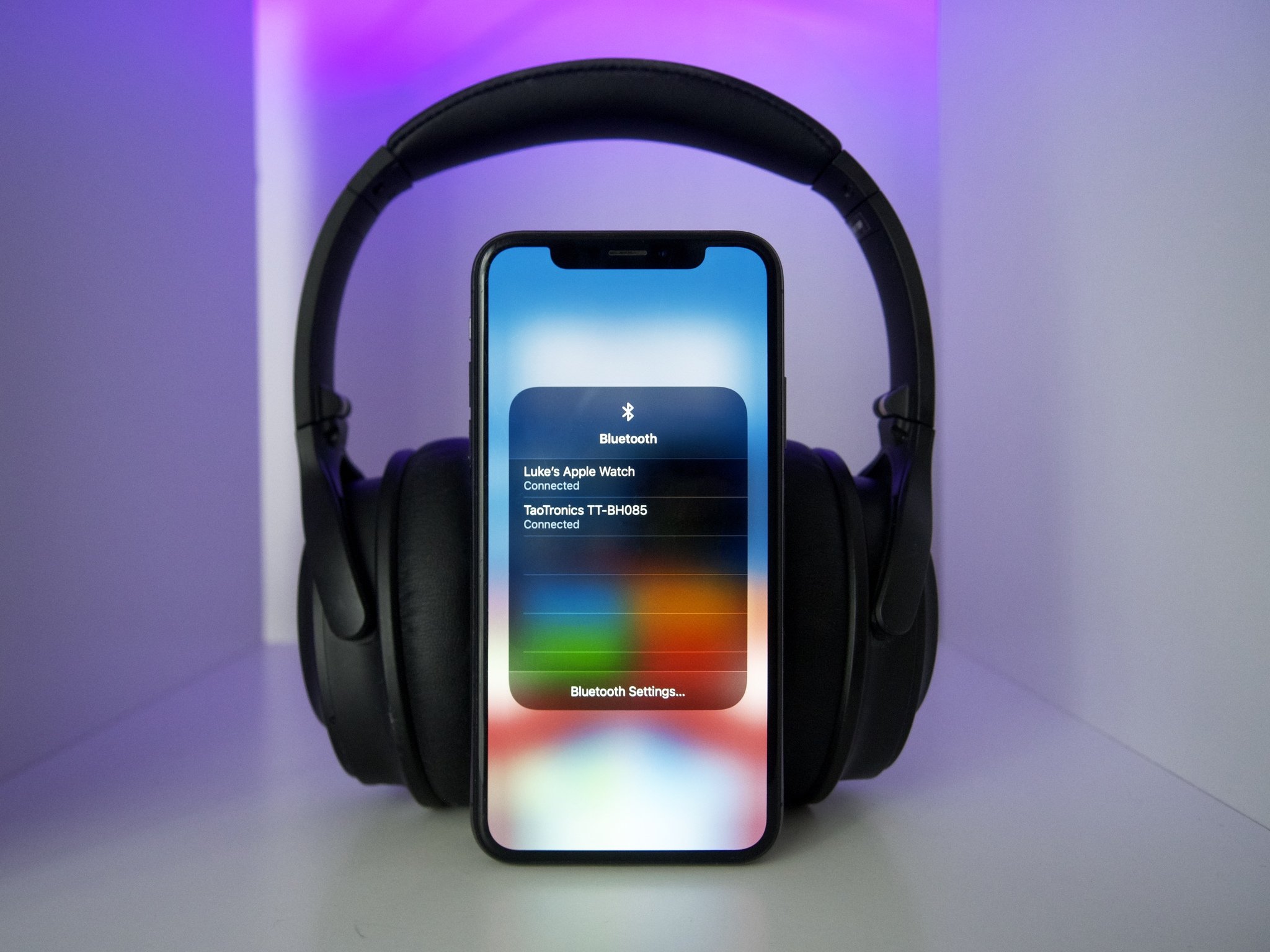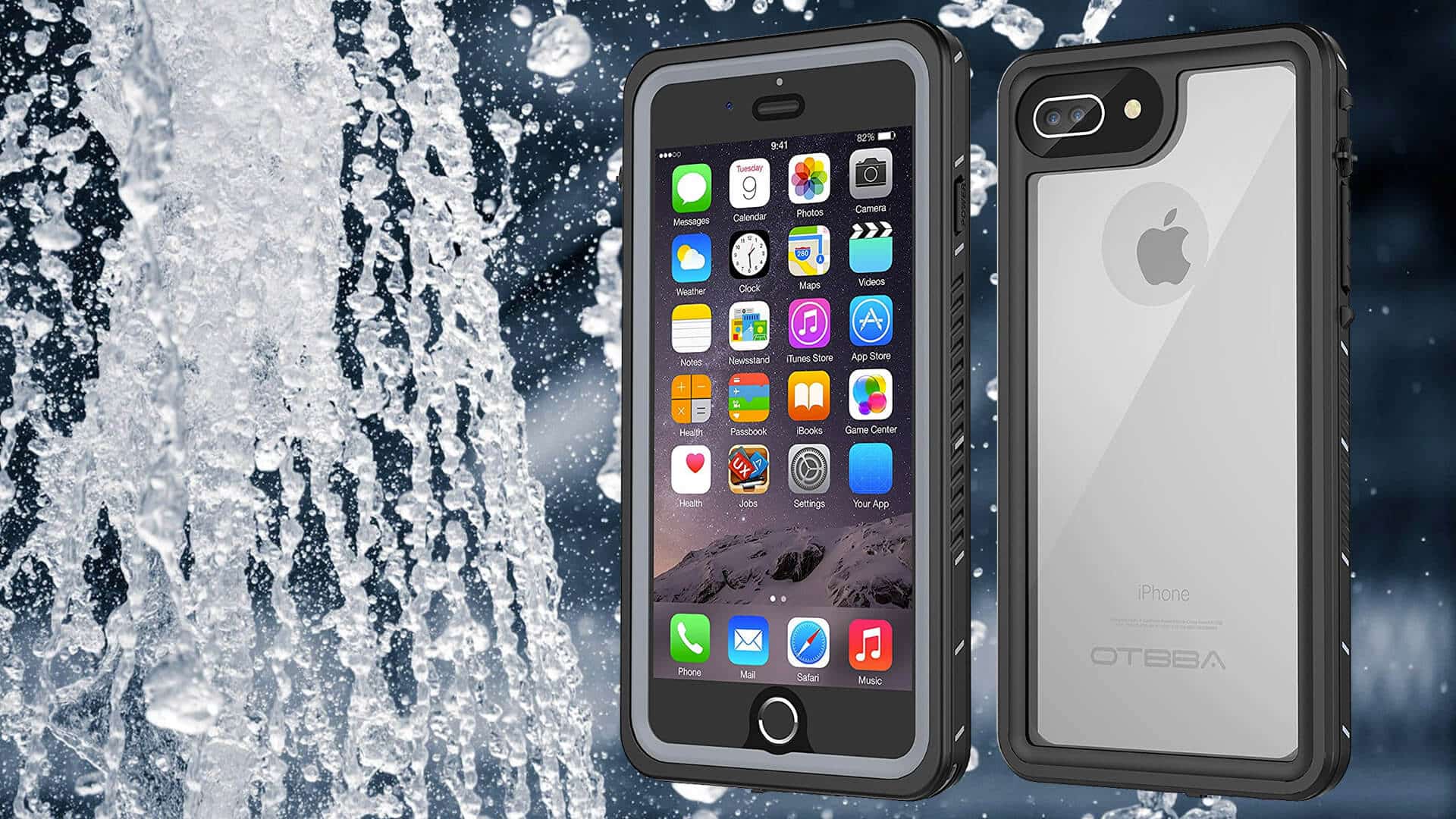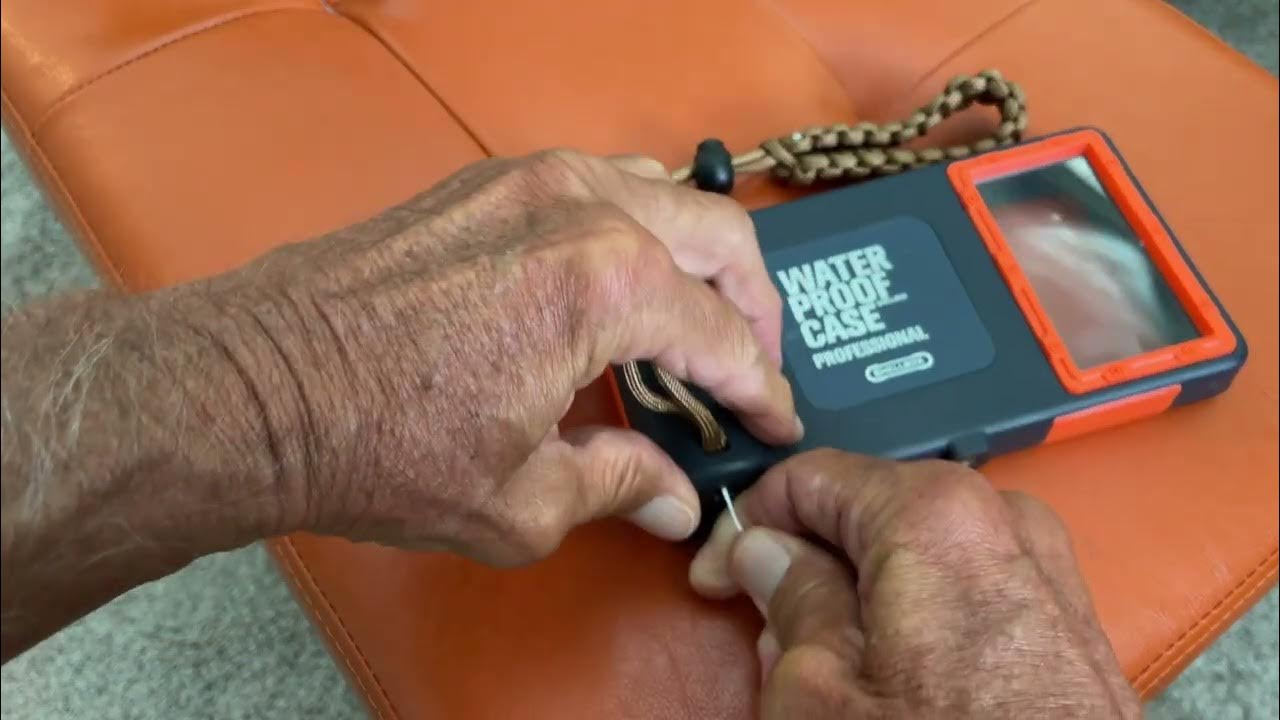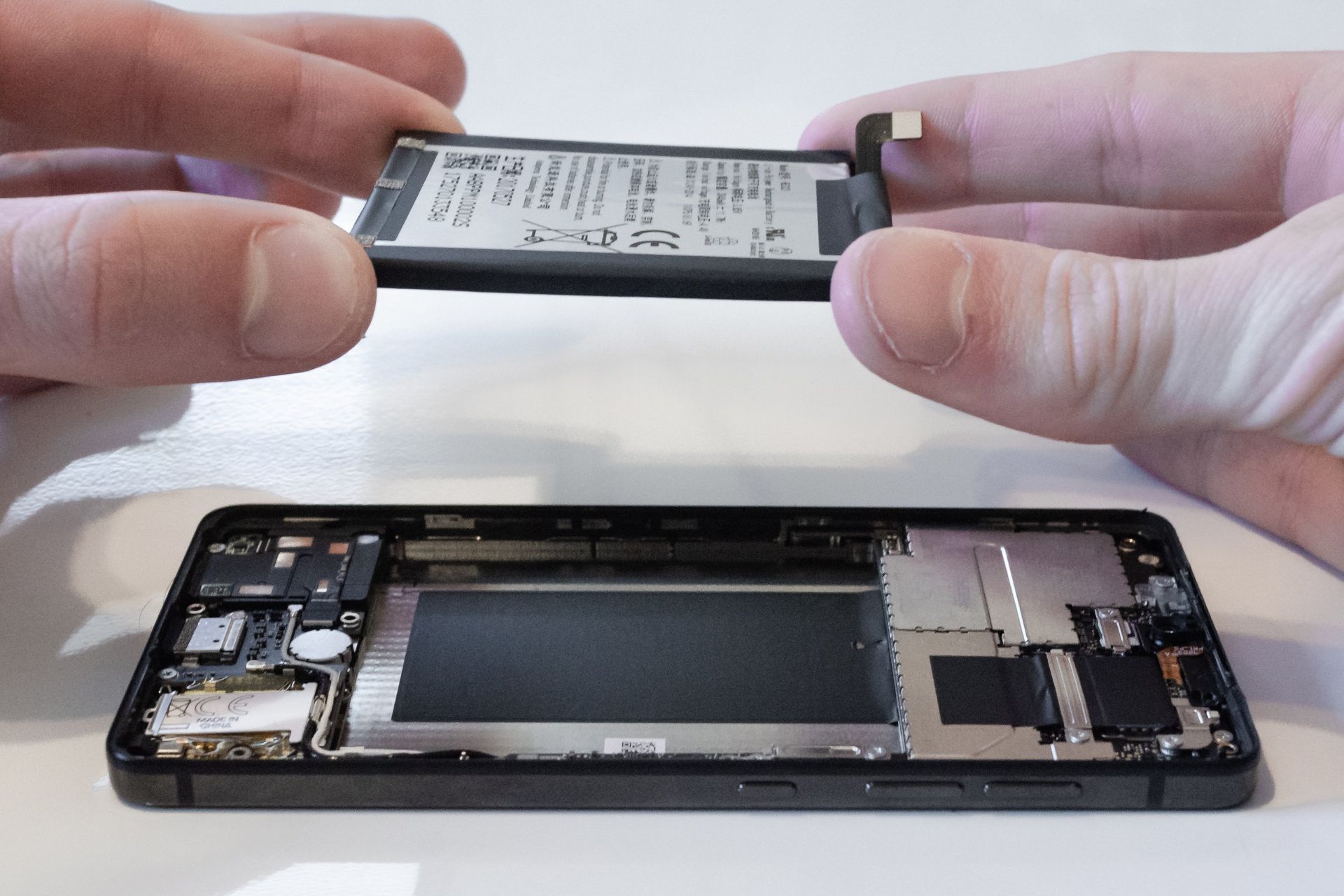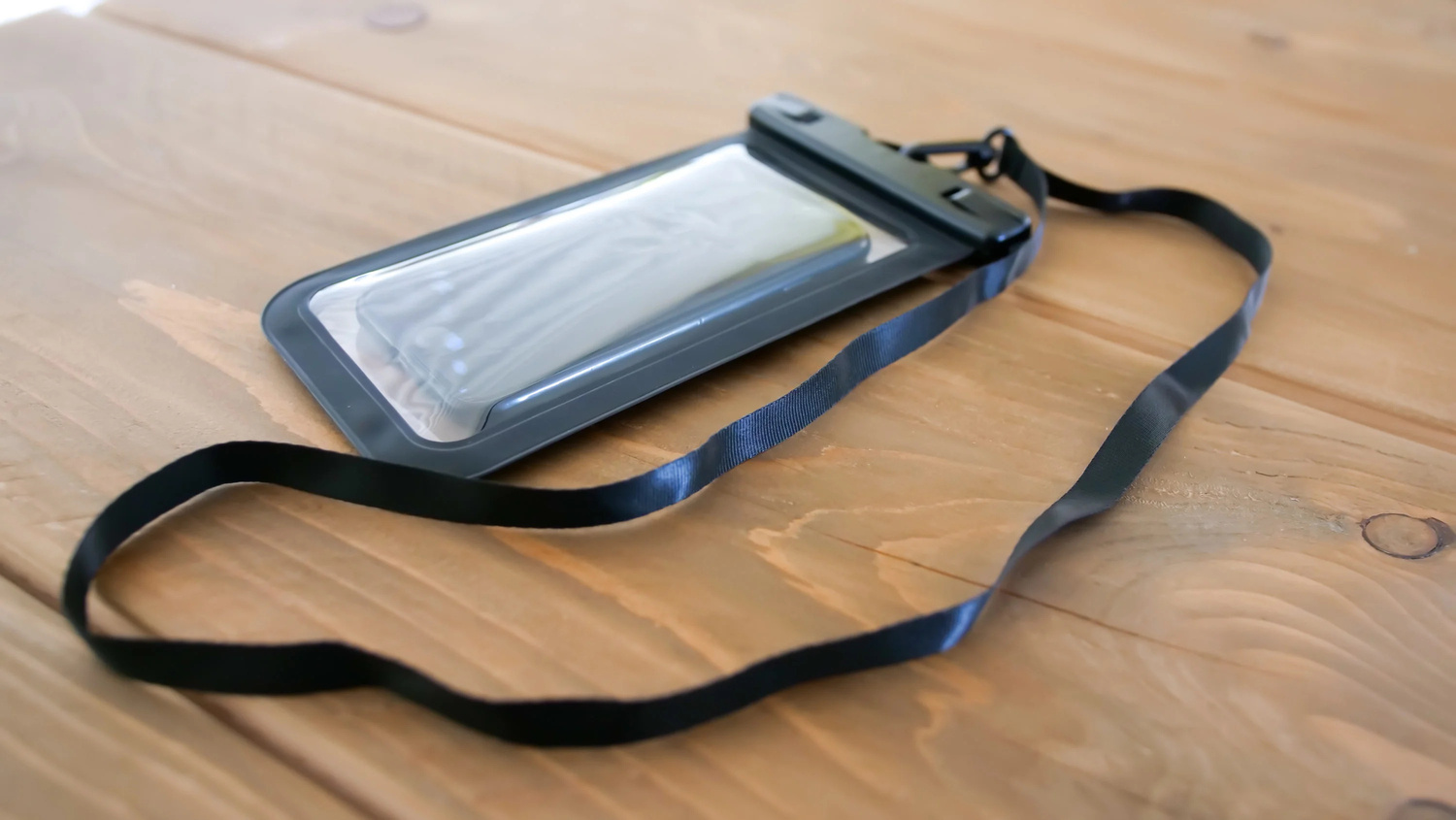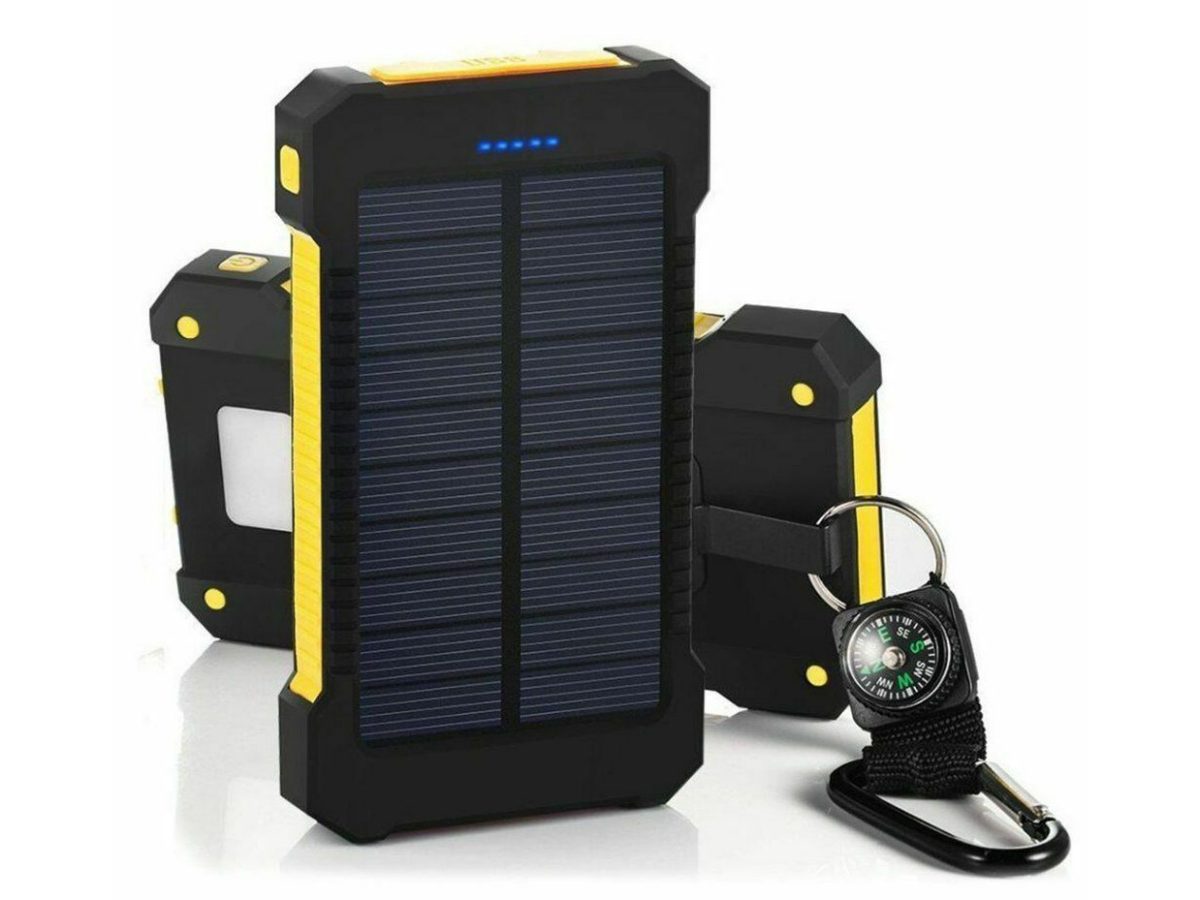Understanding Waterproof Ratings
Understanding waterproof ratings is crucial in determining the level of protection your gadget offers against water damage. When it comes to electronic devices, including smartphones, understanding these ratings can mean the difference between a safe, water-resistant device and a costly water-damaged one. Here's a breakdown of the key aspects to consider when evaluating waterproof ratings:
1. IP Rating System
The Ingress Protection (IP) rating system is commonly used to classify the degree of protection provided by a device against the intrusion of solid objects, dust, accidental contact, and water. The IP rating is typically presented as "IP" followed by two numbers. The first digit indicates the level of protection against solid particles, while the second digit indicates the level of protection against water.
2. Water Resistance Levels
The second digit in the IP rating denotes the water resistance level of the device. It ranges from 0 to 9, with higher numbers indicating greater protection. For instance, a rating of IPX7 signifies that the device can withstand immersion in water up to 1 meter for 30 minutes, while a rating of IPX8 may indicate protection against continuous immersion beyond 1 meter.
3. Understanding IPX Ratings
When the first digit is replaced with an "X" in the IP rating, it means that the device's protection against solid particles has not been tested or is not applicable. Therefore, an IPX7 rating solely focuses on the device's water resistance capability.
4. Impact of Ratings on Usage
Understanding these ratings is essential for making informed decisions about using your device in various conditions. For instance, a smartphone with an IPX7 rating can handle accidental splashes and brief submersion, making it suitable for everyday use. On the other hand, a device with an IPX8 rating may be suitable for more extreme conditions, such as underwater photography or snorkeling.
5. Importance of Understanding Limitations
It's important to note that while a device may have a certain IP rating, there are limitations to its water resistance capabilities. Factors such as water pressure, temperature, and duration of exposure can impact the device's performance. It's crucial to be aware of these limitations to avoid unintentional damage.
Understanding waterproof ratings empowers users to make informed decisions about the usage and protection of their gadgets. By familiarizing yourself with the IP rating system and its implications, you can confidently assess the water resistance capabilities of your devices and ensure their longevity.
Checking Manufacturer Specifications
When it comes to determining the waterproof capabilities of your device, one of the most reliable sources of information is the manufacturer's specifications. These specifications provide valuable insights into the level of protection the device offers against water exposure. Here's a detailed look at the essential aspects to consider when checking manufacturer specifications:
-
Official IP Rating: Manufacturers often prominently display the device's official IP (Ingress Protection) rating in the specifications. This rating provides a clear indication of the device's waterproof and dustproof capabilities. Understanding the IP rating, as discussed earlier, is crucial in comprehending the extent to which the device can withstand water exposure.
-
Water Resistance Depth: Manufacturer specifications typically outline the depth to which the device can be submerged without sustaining damage. This information is particularly important for individuals who engage in water-related activities, such as swimming or snorkeling, and want to ensure their devices remain protected.
-
Duration of Immersion: The specifications may also specify the duration for which the device can be submerged without compromising its functionality. This aspect is vital for users who anticipate prolonged exposure to water and need to assess the device's suitability for such scenarios.
-
Sealed Ports and Components: Manufacturers often detail the design features that contribute to the device's water resistance, such as sealed ports and components. Understanding these specifics can provide insight into the structural integrity of the device and its ability to prevent water ingress.
-
Usage Recommendations: Some manufacturer specifications include recommendations or guidelines for using the device in water or wet conditions. These guidelines may offer valuable insights into the practical limitations and best practices for maintaining the device's water resistance.
By thoroughly examining the manufacturer specifications, users can gain a comprehensive understanding of the device's waterproof capabilities and make informed decisions regarding its usage in various environments. This knowledge empowers individuals to leverage their devices in water-related activities while ensuring the necessary precautions are taken to safeguard against water damage.
In summary, the manufacturer's specifications serve as a valuable resource for evaluating the waterproof features of a device. By paying close attention to the IP rating, water resistance depth, immersion duration, design features, and usage recommendations outlined in the specifications, users can confidently assess the device's suitability for water exposure and leverage its waterproof capabilities effectively.
Visual Inspection of Seals and Ports
Conducting a visual inspection of the seals and ports on your device is a practical and effective method for assessing its waterproof capabilities. By closely examining the structural integrity of the seals and the design of the ports, users can gain valuable insights into the device's ability to resist water ingress. Here's a detailed exploration of the key aspects to consider during a visual inspection:
1. Seal Condition
Inspect the seals around the device, including those on the SIM card tray, charging port, headphone jack, and any other openings. The seals play a critical role in preventing water from penetrating the internal components. Ensure that the seals are intact, free from visible damage, and properly aligned with their respective openings.
2. Port Design
Evaluate the design of the ports to assess their ability to resist water intrusion. Look for features such as rubber gaskets, tight-fitting covers, or other mechanisms that create a barrier against water. Ports with robust protective measures are more likely to effectively safeguard the internal circuitry from water exposure.
3. Seal Compression
Check the compression of the seals when the respective covers or doors are closed. A secure and snug fit indicates that the seals are effectively creating a barrier against water. Any signs of gaps or incomplete sealing may compromise the device's water resistance, warranting further attention or potential maintenance.
4. Visual Anomalies
Thoroughly examine the seals and ports for any visual anomalies, such as cracks, tears, or deformities. Even minor imperfections can compromise the device's ability to withstand water exposure. Additionally, inspect for foreign particles or debris that may hinder the proper sealing of the ports.
5. Previous Damage
Consider any history of physical damage to the device, as it can impact the integrity of the seals and ports. Prior incidents, such as drops or impacts, may have compromised the waterproof features. It's essential to carefully examine the affected areas for any indications of weakened protection against water ingress.
By conducting a meticulous visual inspection of the seals and ports, users can proactively assess the device's waterproof integrity. This hands-on approach provides a practical means of evaluating the structural components that directly contribute to the device's ability to withstand water exposure. Additionally, regular visual inspections can help identify potential issues early, allowing for timely maintenance or necessary precautions to preserve the device's waterproof capabilities.
In summary, a thorough visual inspection of the seals and ports empowers users to gauge the device's readiness for water-related activities and environments. By attentively examining the seal condition, port design, seal compression, visual anomalies, and any previous damage, individuals can make informed decisions regarding the device's suitability for water exposure, ensuring the protection of their valuable gadgets.
Conducting a Water Test
Conducting a water test is a practical method for evaluating the real-world waterproof performance of your device. While it's essential to exercise caution and adhere to manufacturer guidelines, performing a controlled water test can provide valuable insights into the device's ability to resist water ingress. Here's a comprehensive guide to conducting a water test on your gadget:
1. Understanding the Purpose
Before initiating a water test, it's crucial to understand the purpose and potential implications. The primary objective of the test is to simulate real-world scenarios and assess the device's response to water exposure. By conducting a controlled test, users can gain confidence in the device's waterproof capabilities and make informed decisions about its suitability for specific environments or activities.
2. Preparation and Precautions
Prior to the water test, it's important to take necessary precautions to prevent potential damage to the device. This includes ensuring that all ports, covers, and seals are securely closed and free from any visible damage. Additionally, backing up important data and removing any external accessories can mitigate the risk of water-related issues. Users should also be mindful of the duration and depth of the water test, adhering to the manufacturer's specified limits.
3. Controlled Immersion
When conducting the water test, it's advisable to immerse the device in a controlled manner, adhering to the manufacturer's recommended depth and duration. A shallow container of water can be used to simulate accidental exposure or brief submersion, allowing users to observe the device's response without subjecting it to excessive risk. During the immersion, it's important to monitor the device closely for any signs of water intrusion or malfunction.
4. Observing the Device's Performance
As the device undergoes the water test, users should actively observe its performance and functionality. This includes monitoring the touchscreen responsiveness, audio output, camera functionality, and overall operation during and after the immersion. Any anomalies or irregularities should be noted, as they may indicate potential issues with the device's waterproof features.
5. Post-Test Assessment
Following the water test, it's essential to thoroughly dry the device and inspect it for any signs of water ingress or damage. This includes checking the integrity of seals, ports, and internal components. Additionally, testing the device's functionality post-immersion can reveal any latent effects of water exposure.
By conducting a water test in a controlled and mindful manner, users can gain practical insights into the device's waterproof performance. This hands-on approach allows individuals to assess the real-world resilience of their gadgets and make informed decisions about their usage in water-related environments. However, it's important to exercise caution and adhere to manufacturer guidelines to avoid potential damage to the device.
In summary, conducting a water test provides a valuable opportunity to evaluate the device's waterproof capabilities in real-world scenarios. By following proper precautions, monitoring the device's performance during and after the test, and conducting a thorough post-test assessment, users can gain confidence in their device's ability to withstand water exposure and make informed choices about its usage.







